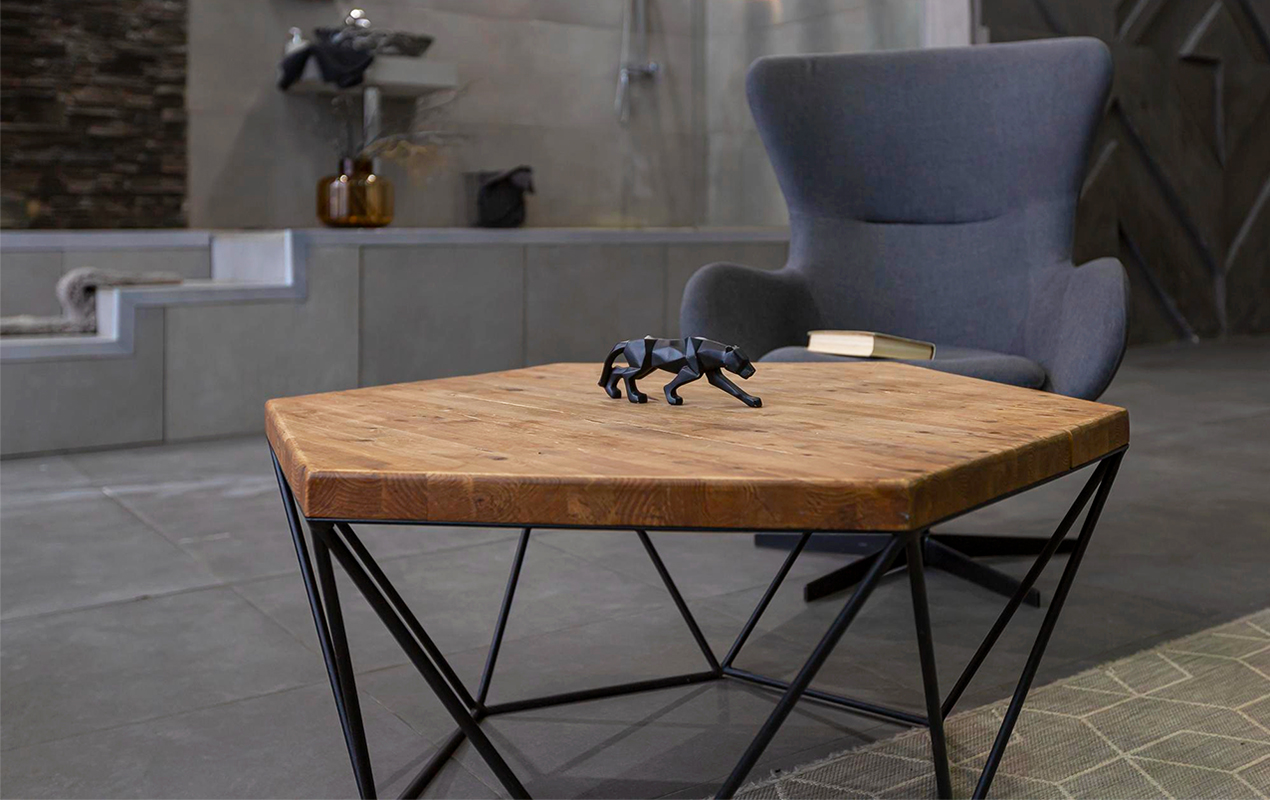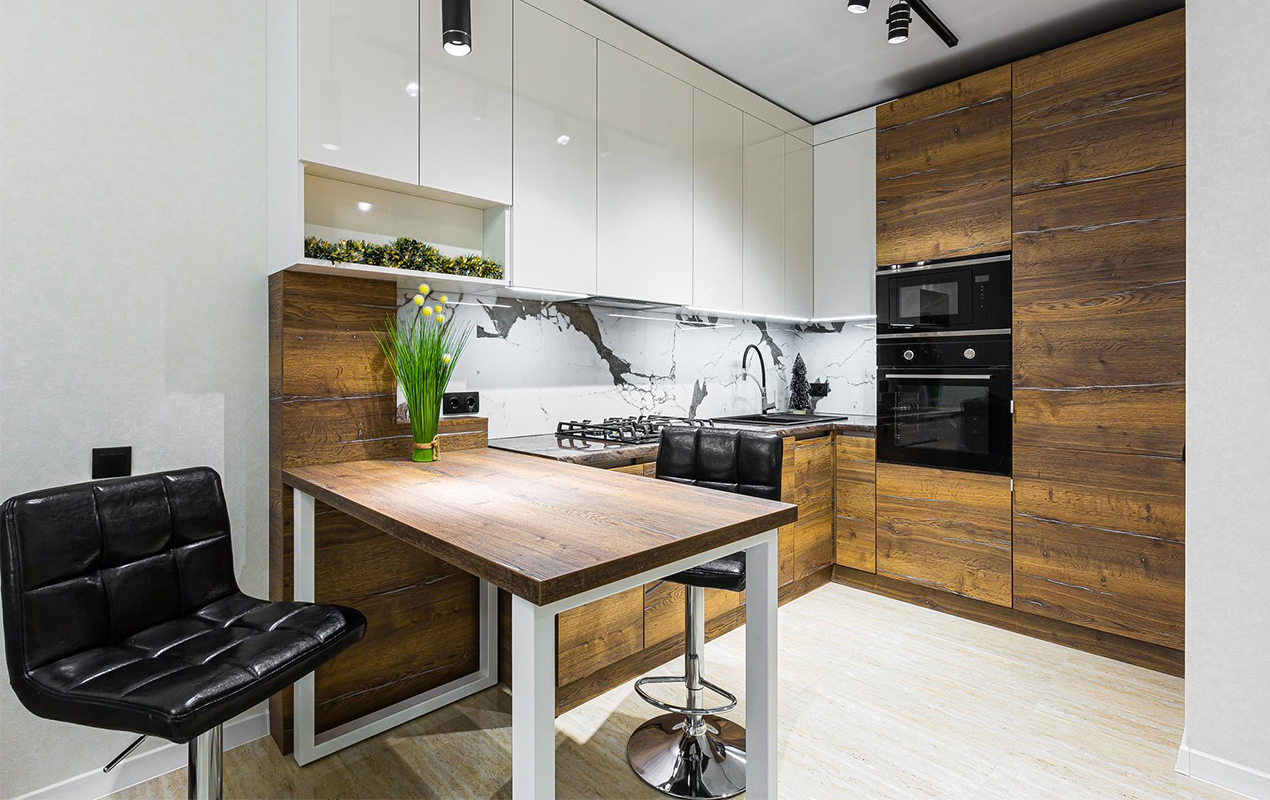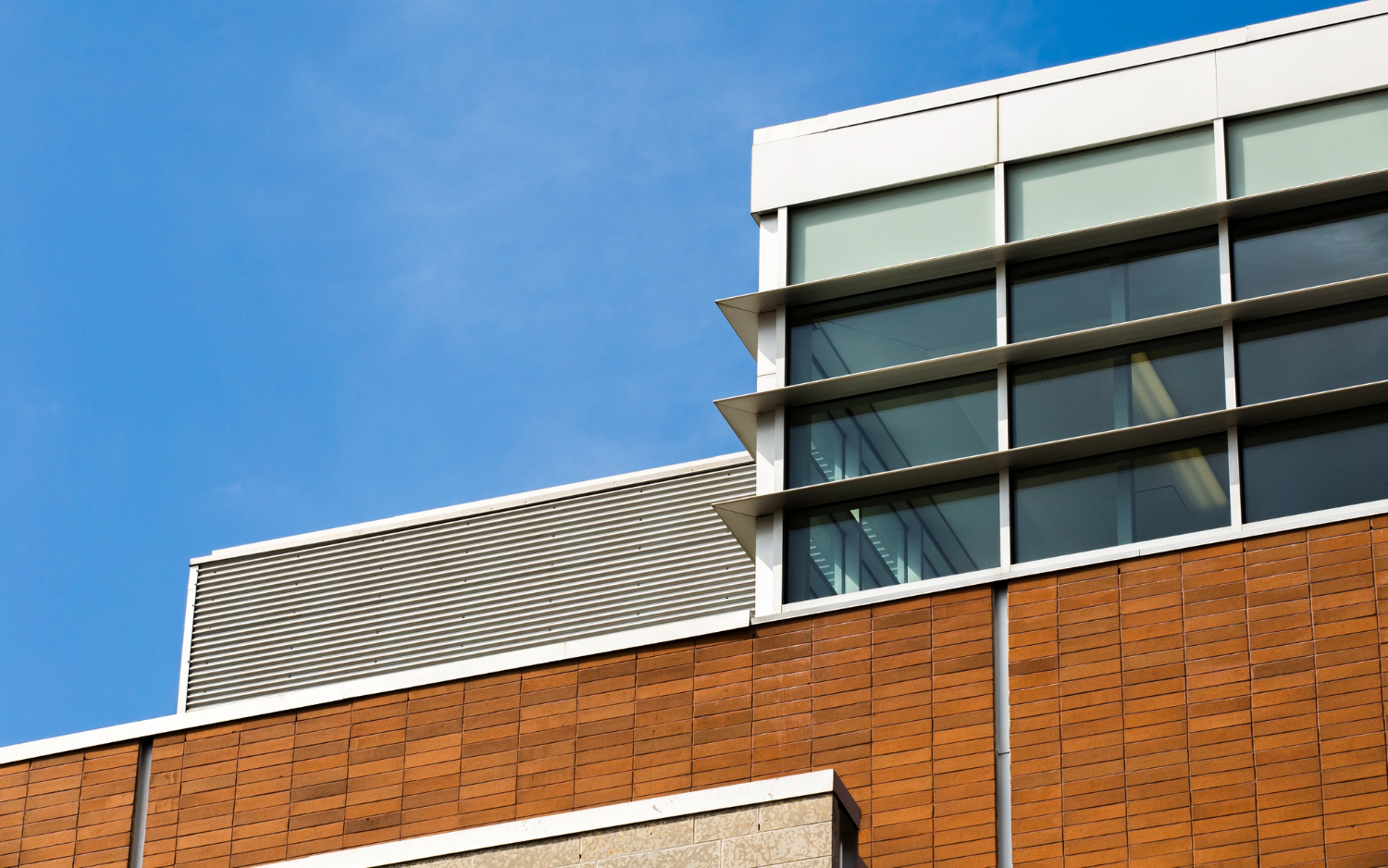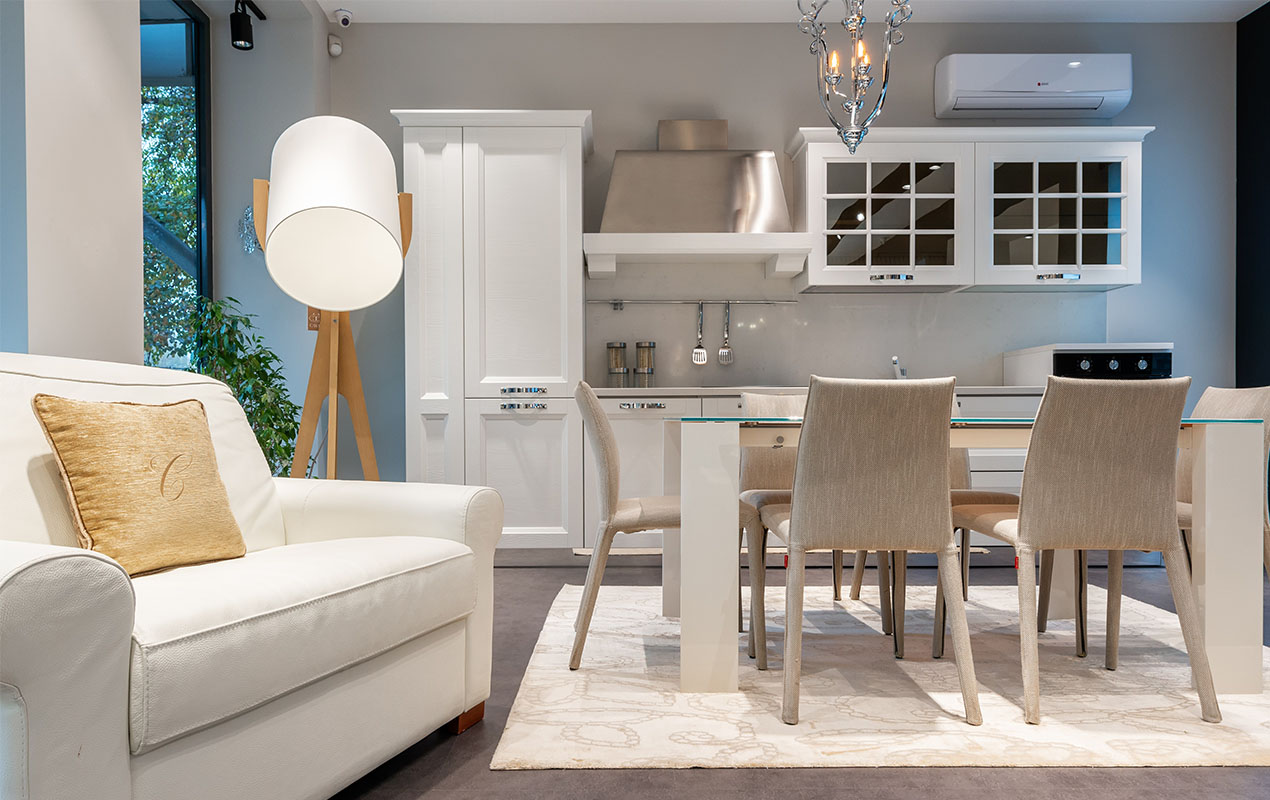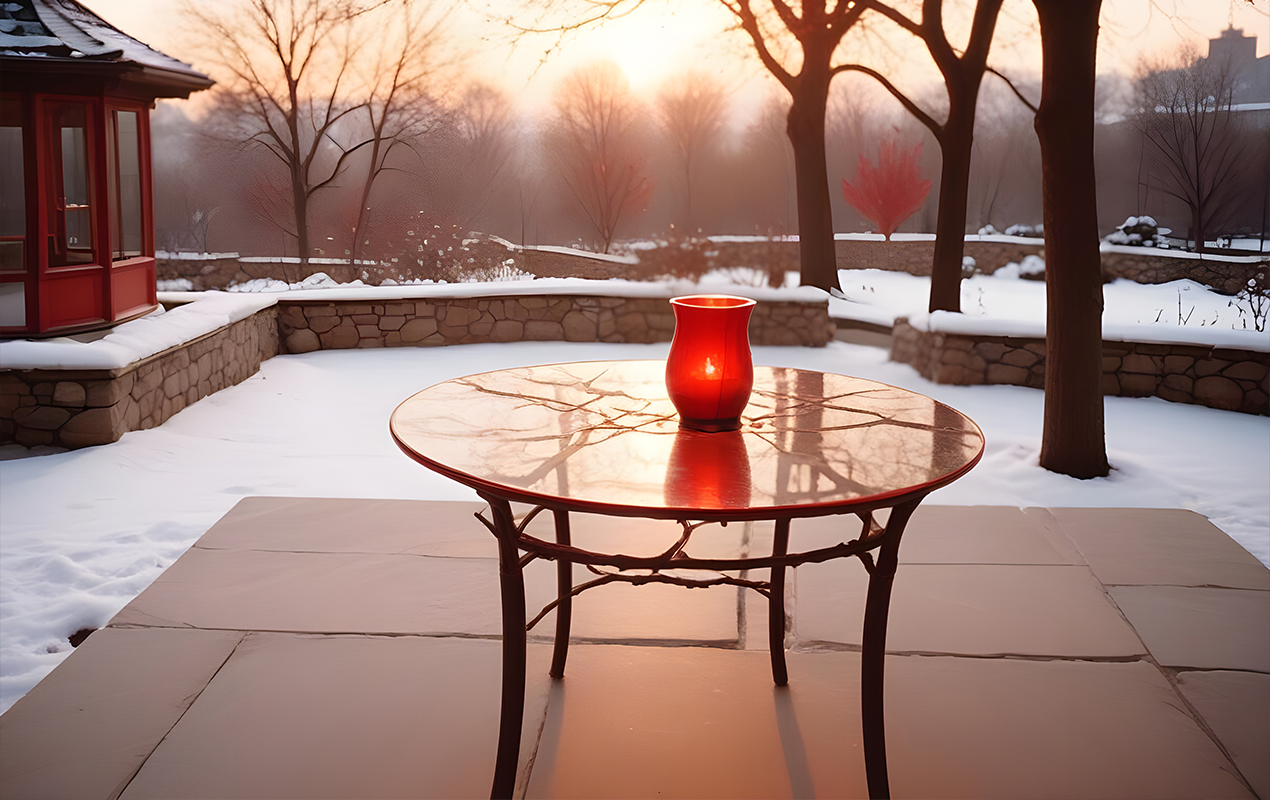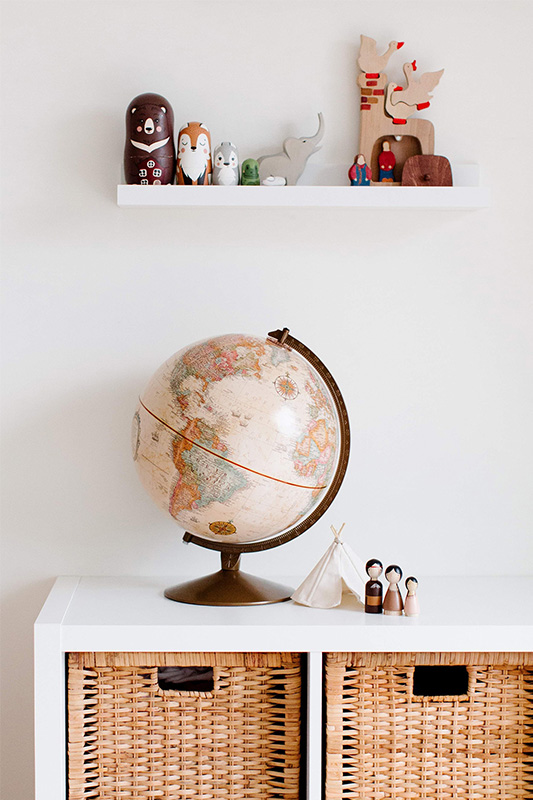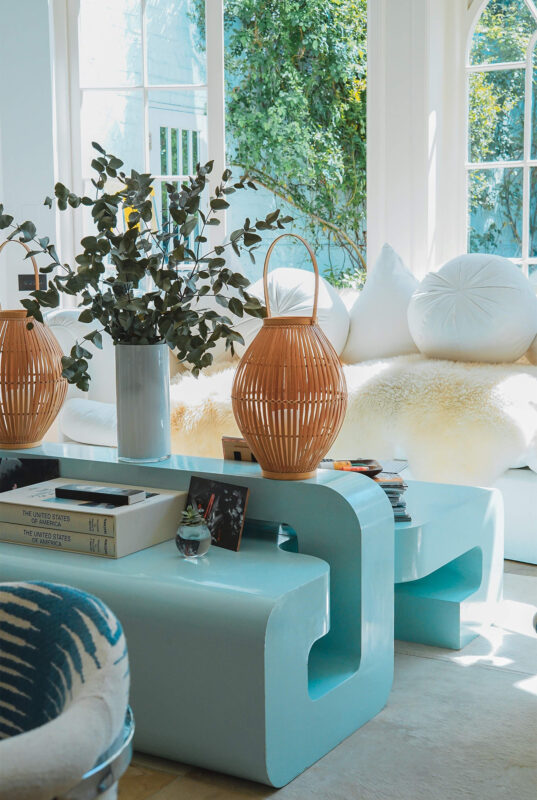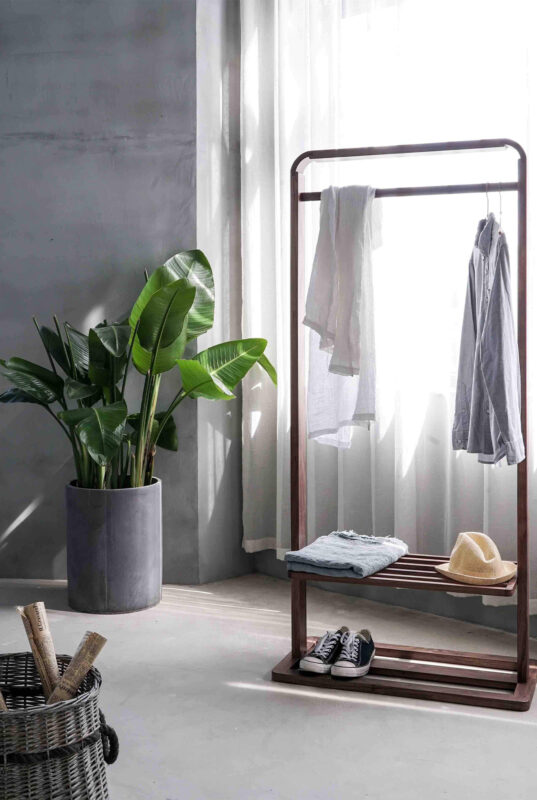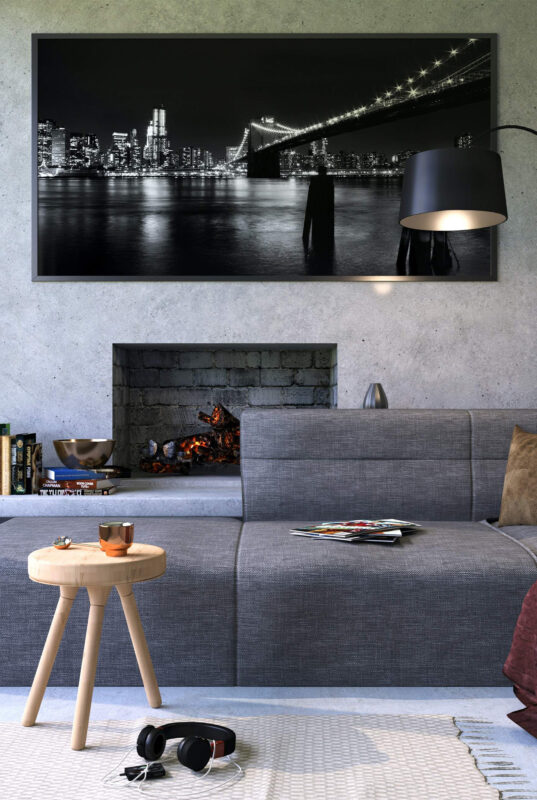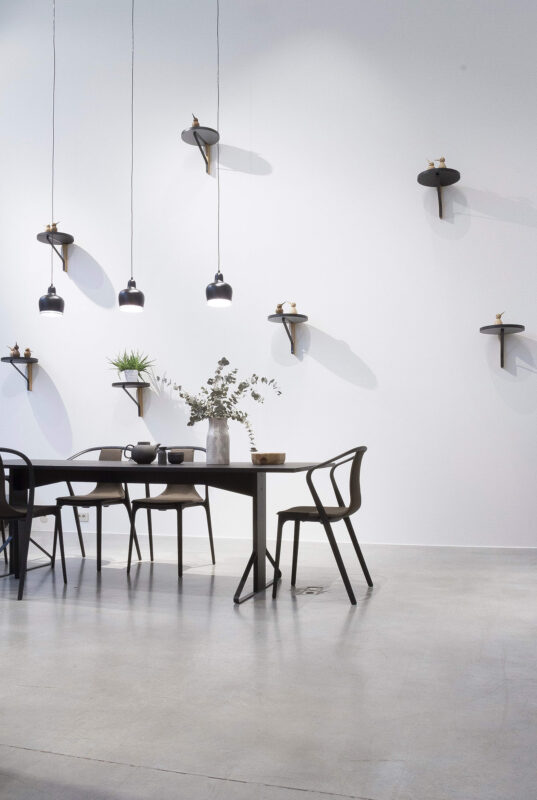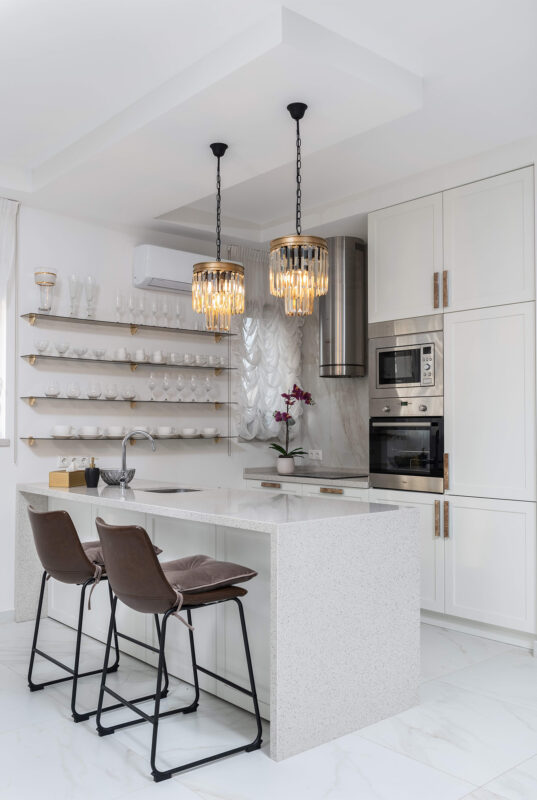Blog
The Dos and Don’ts for Storing Glass Tables During Winter
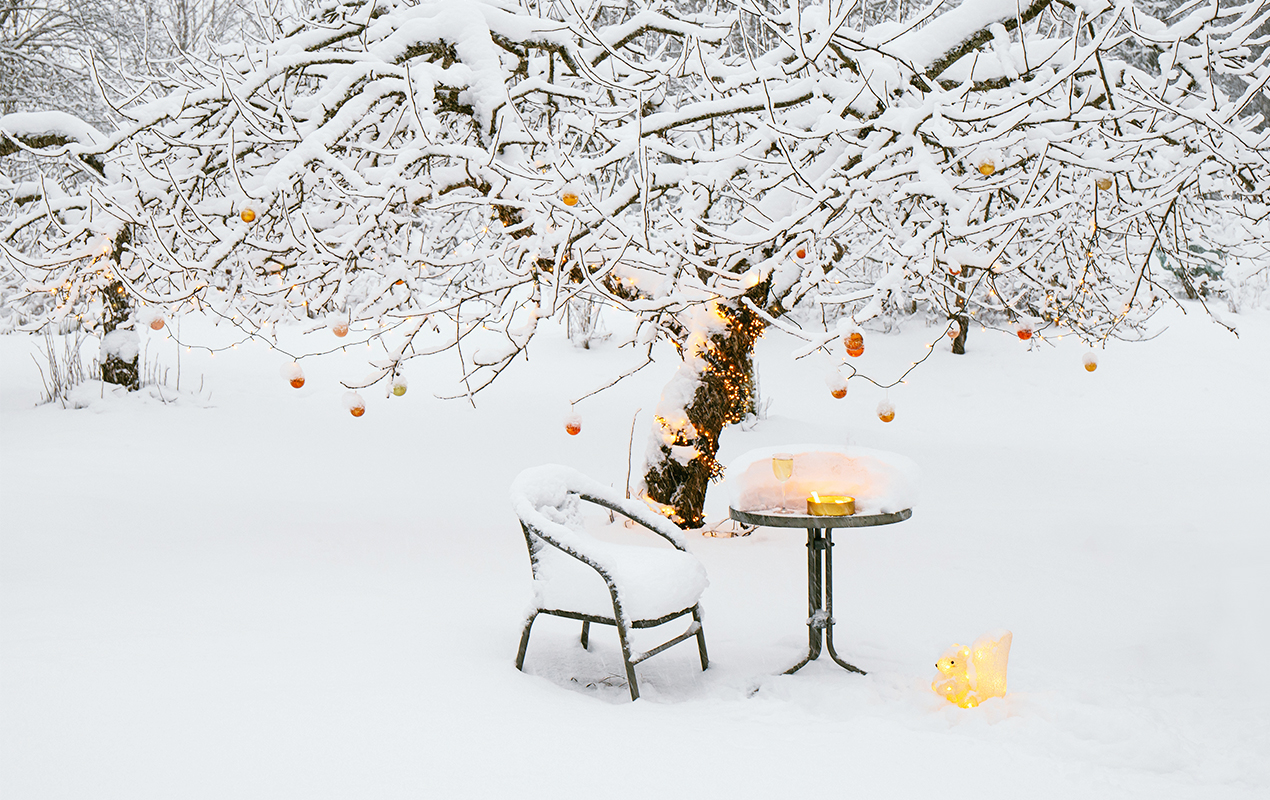
When the chill of winter settles in, the question arises for those with outdoor havens: “Can my glass table brave the winter elements?” It’s a query that sparks curiosity and concern, as homeowners weigh the appeal of year-round patio enjoyment against the potential perils of winter’s wrath.
The answer isn’t as simple as a “yes” or “no.” It’s a nuanced decision hinging on several factors: the glass type, your local climate, and the table’s construction. Leaving a glass coffee table outside during winter can be a gamble. On one hand, it saves you the hassle of moving and storing, while on the other, harsh winter environments can potentially wreak havoc on its surface.
Join us as we delve into the intricacies of this winter dilemma, exploring the risks, benefits, and essential precautions for leaving your table outdoors, and potentially bringing it inside. By understanding these facets, you can make a decision to safeguard your investment during the winter months.
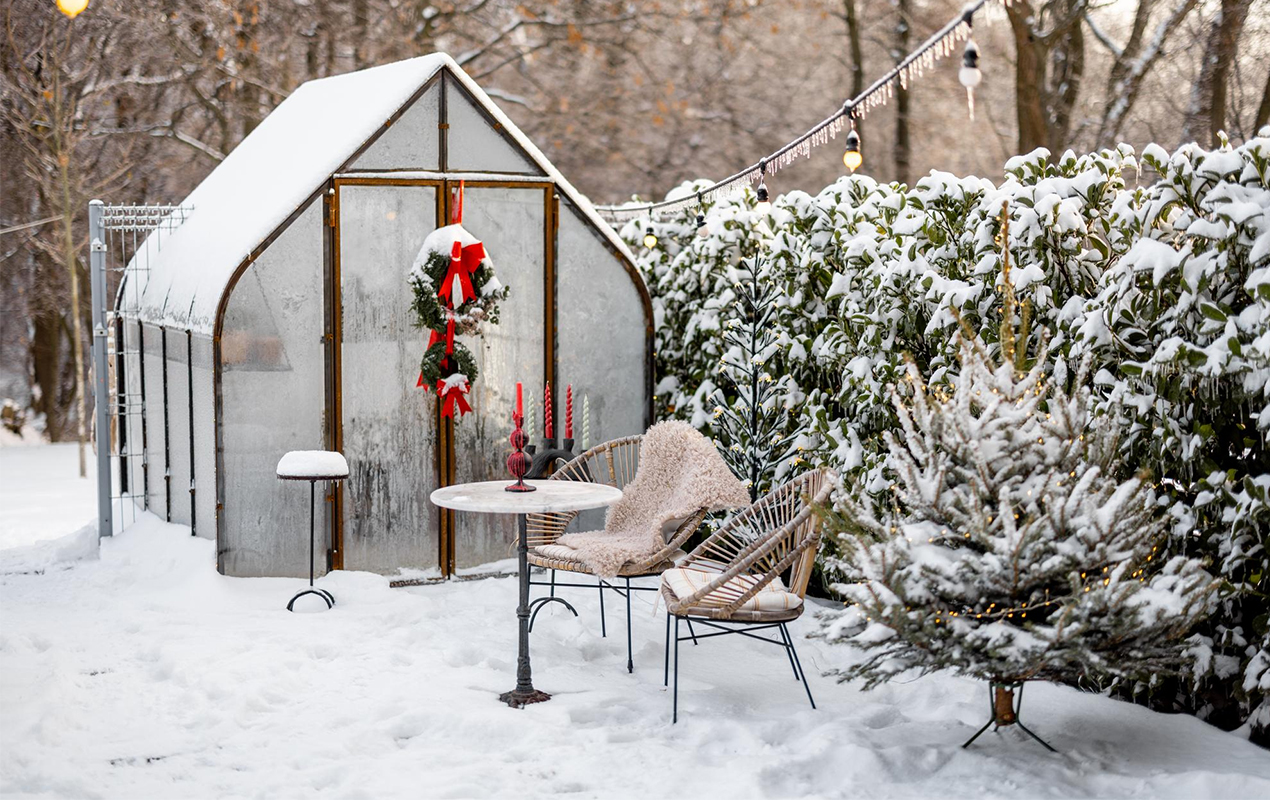
Photo by rosshelenphoto from Freepik
Do’s If Leaving Your Glass Table Outside
Elevate Your Cover Game
Invest in a breathable, waterproof cover for your glass tables in winter, allowing for air circulation while keeping moisture out. Look for features like reinforced seams, UV protection, vents, or mesh panels to prevent condensation buildup, which can lead to mold or mildew. Consider using a cover with a slightly raised center or built-in support poles to create a gentle slope for water runoff, while opting for weather-resistant material to fit snugly over the table, including the legs.
Harness the Power of Microclimates
Seek out areas in your yard that experience more favorable conditions than others. A south-facing wall, a dense hedge, or even a large evergreen tree can form a microclimate offering a few degrees of protection from the biting cold. A covered patio, an alcove, or even a wall can act as a buffer against wind, snow drifts, and potential impacts from falling branches or icicles.
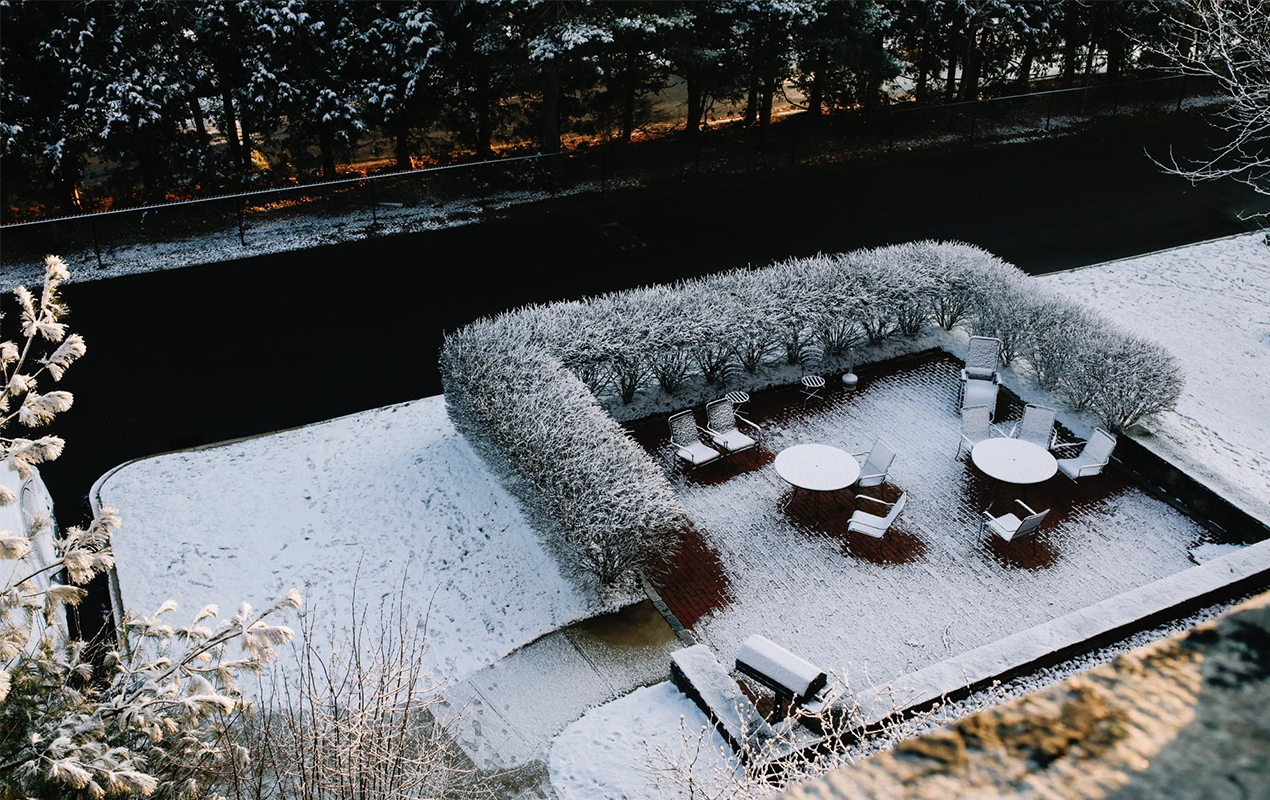
Photo by EyeEm from Freepik
Don’t Just Brush, Sweep
Even the most suitable cover won’t stop snow and ice from accumulating. But instead of merely brushing snow off the table, use a soft broom or brush as your tool of choice, not a shovel that could scratch the surface and potentially weaken the glass over time. For ice, avoid chipping it away; instead, allow it to melt naturally or use a mild de-icer safe for glass surfaces. Remember, it’s not just the weight of snow; even a thin layer of ice can stress the glass and frame.
Inspect with a Critical Eye
Don’t just give glass tables a cursory glance in winter. After a snowstorm or major weather event, inspect the surface for any new chips, cracks, or stress ruptures. Scour the frame for signs of rust, warping, or loose joints; early detection allows for timely intervention, preventing minor issues from becoming major problems. This could be tightening a loose screw, applying a protective sealant, or making the call to move the table indoors.
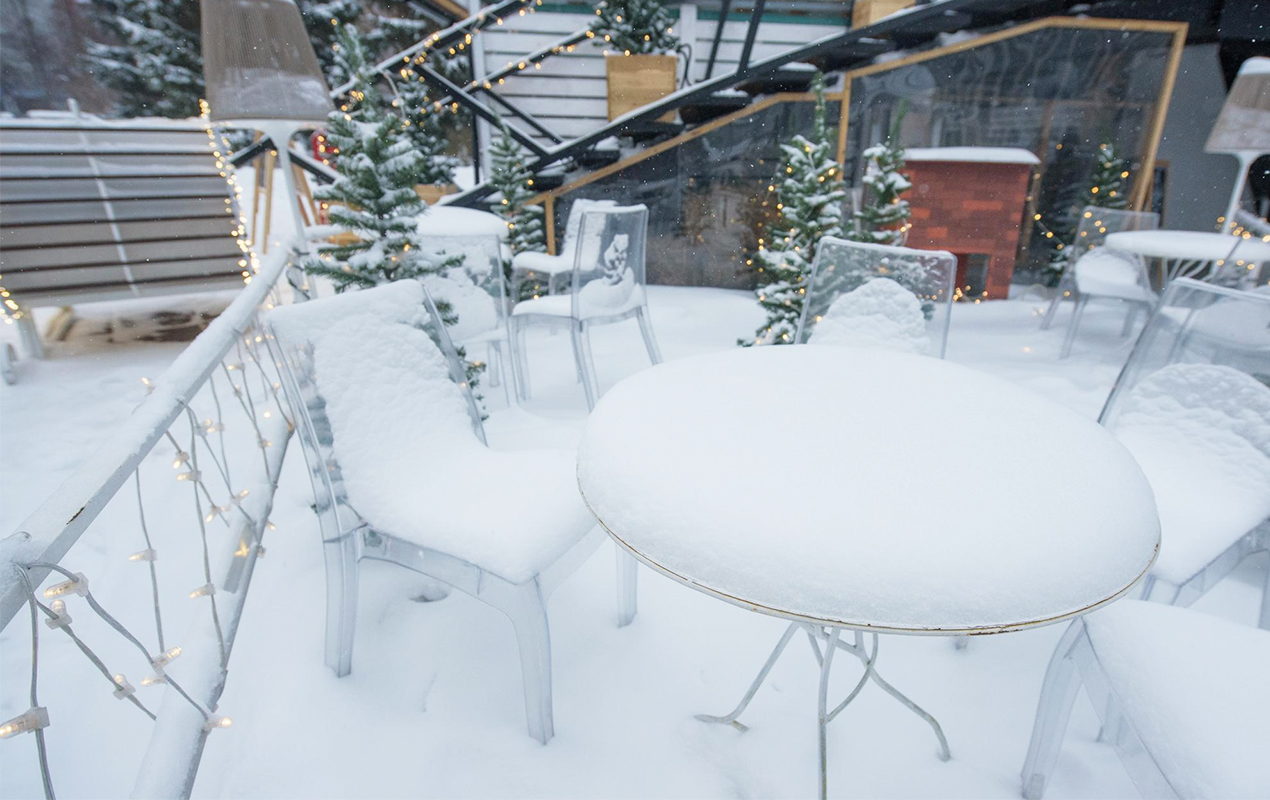
Photo by Reshetnikov_art from Freepik
Don’ts If Leaving Your Glass Coffee Table Outside
Neglect is Not an Option
Never leave your table exposed to the outdoors without a protective cover. Even in regions with seemingly favorable winters, unexpected snowstorms or ice storms can fast cause mayhem on an unprotected surface. The mix of moisture, frosty temperatures, and possible impacts can lead to crevices, chips, or even complete shattering. A protective cover is not optional; it’s essential.
No Heavy Lifting
Resist the urge to use your table as a temporary storage space during winter. Placing heavy items like flower pots, tools, or decorative items can exacerbate the pressure already placed on the glass. As tempting as it might be to use the table as a platform, resist the urge. The combined weight could easily exceed the table’s load capacity, leading to cracks or collapse.
Don’t Play Ostrich
Regular inspections aren’t just a recommendation; they’re a necessity. Even with the soundest precautions, accidents can happen. A falling branch, an unexpected freeze cycle, or even a rogue squirrel can cause damage. If you notice any signs, no matter how minor, don’t bury your head in the sand. Ignoring signs of wear is a recipe for disaster. A small chip or hairline crack can quickly spread when exposed to freeze. Take immediate action to repair or mitigate the damage before it becomes irreparable.
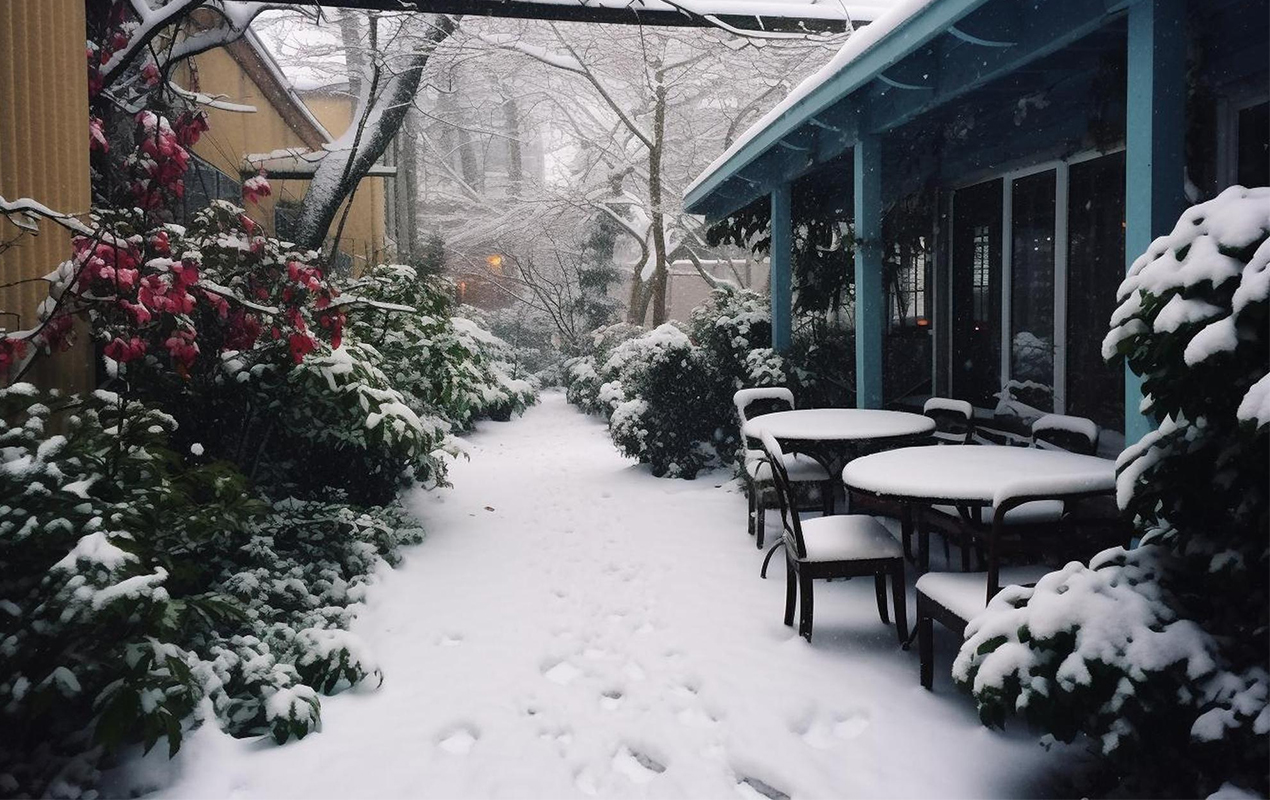
Photo by JHstock from Freepik
Indoor Storage Option
For those seeking peace of mind, bringing your glass table indoors for the winter is the safest bet. By eliminating exposure, you essentially put your table into hibernation, preserving its condition while ensuring it emerges ready for spring gatherings.
Indoor storage offers a haven from the ravages of winter, safeguarding your table against:
-
Thermal Shock: Extreme temperature fluctuations, especially rapid freezing, stresses the glass and leads to cracks. Indoors, the temperature remains relatively stable, minimizing this risk.
-
Moisture Damage: Snow, ice, and even high humidity can seep into the table’s frame and joints, causing rust, corrosion, and warping. Indoor storage in a dry environment prevents this gradual deterioration.
-
Accidental Impacts: Winter storms often bring strong winds and falling debris, which can chip or shatter exposed glass. Indoors, your table is shielded from these potential natural hazards.
By eliminating risks, indoor storage significantly extends the lifespan of your table. You won’t have to worry about replacing a cracked top or repairing a rusted frame, saving you money and preserving the table’s aesthetic.
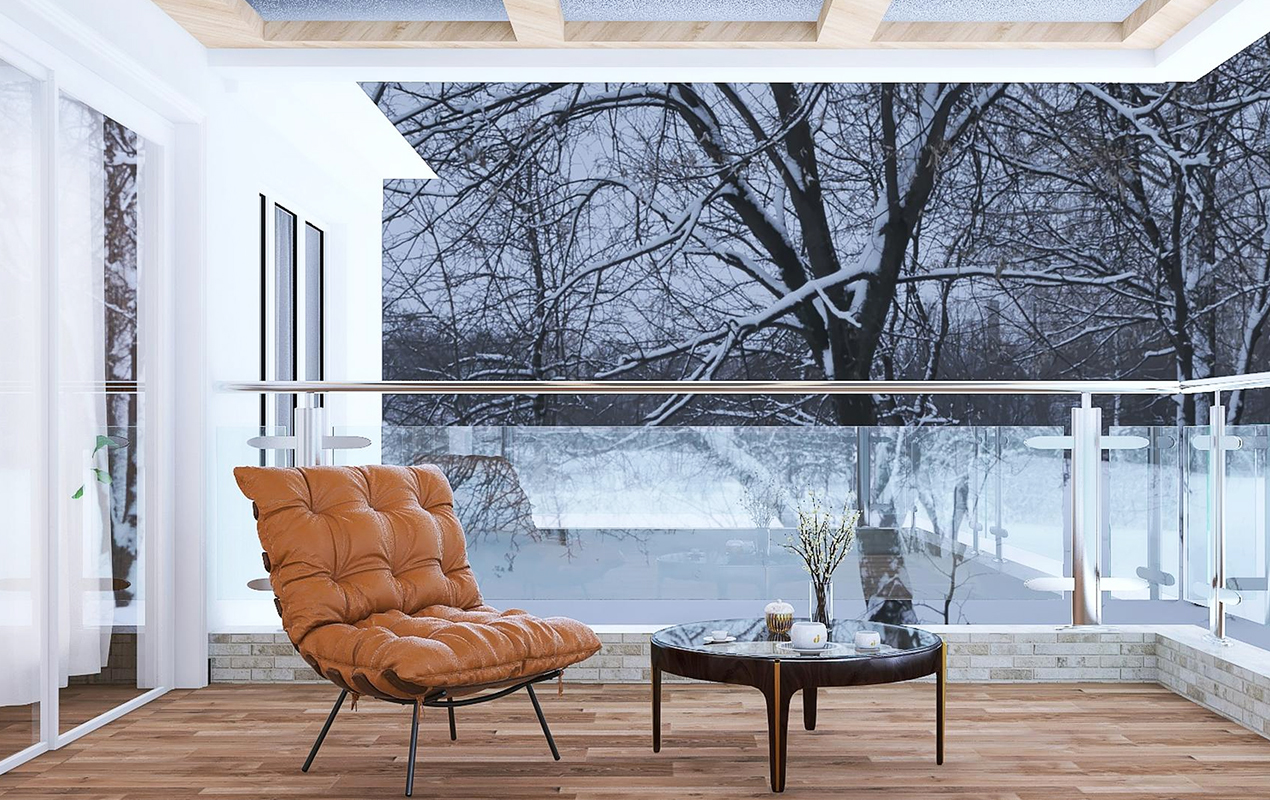
Photo by User2362616 from Freepik
Glass Coffee Tables in Winter – Final Thoughts
In the end, the decision to leave your table outside during winter or bring it indoors boils down to an assessment of its vulnerabilities and the harsh realities of your local climate. If you have a tempered glass coffee table with a robust frame and live in an area with relatively benign winters, leaving it outdoors with diligent protection might be feasible. However, if your table is standard glass, has a delicate frame, or you reside in a region prone to severe winter conditions, indoor storage is the unequivocal recommendation.
Regardless of your choice, remember vigilance is key with regular inspections and proactive measures being essential. Whether it braves the winter outdoors or enjoys a cozy hibernation indoors, a little care goes a long way in preserving its functionality. Your table is an investment, and by understanding its susceptibilities and taking the appropriate precautions, you can protect that investment for future seasons.




